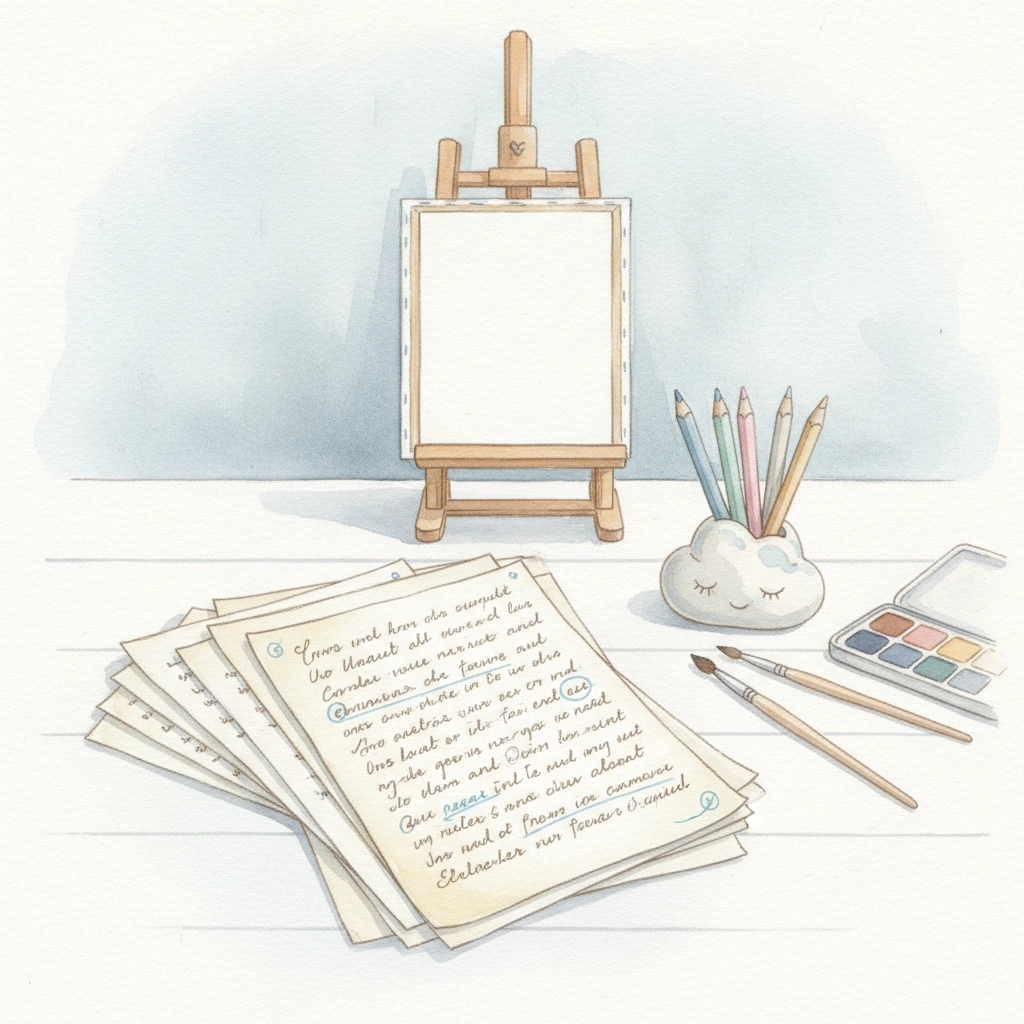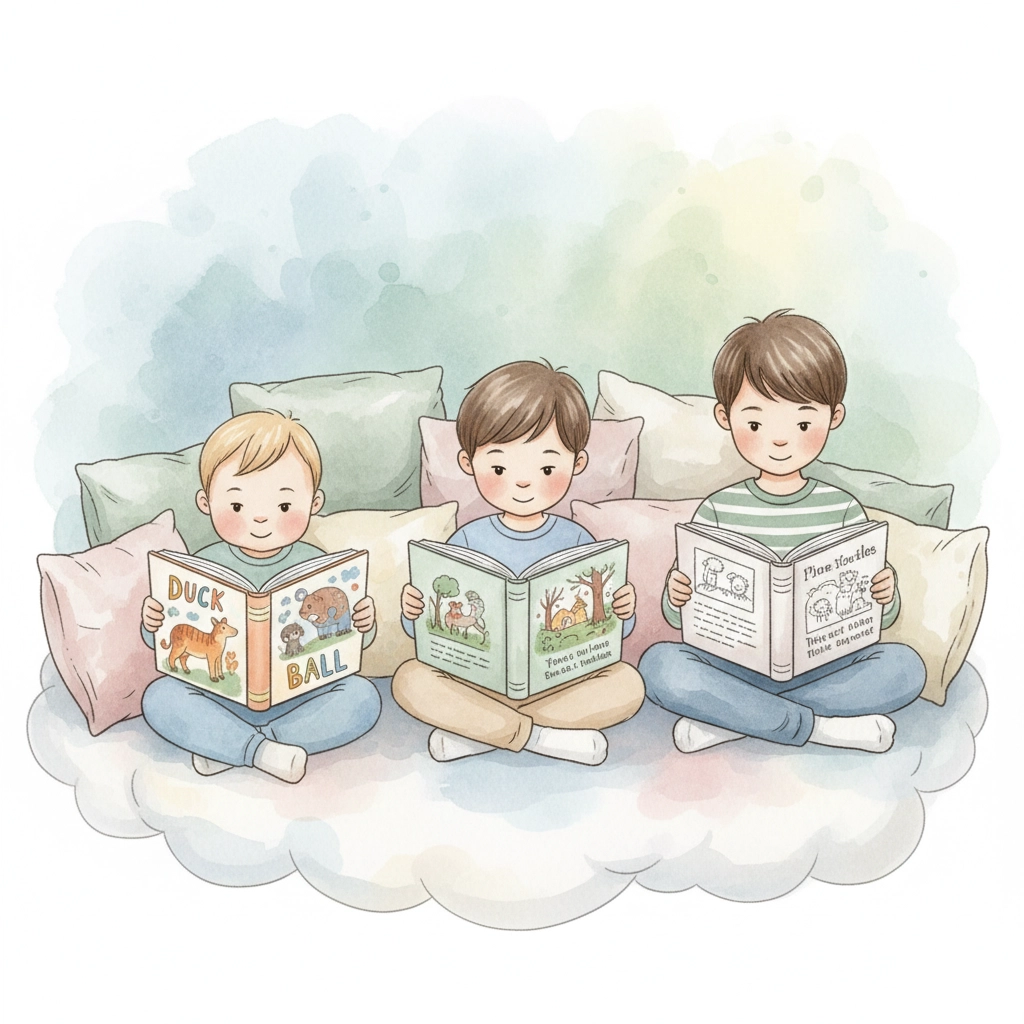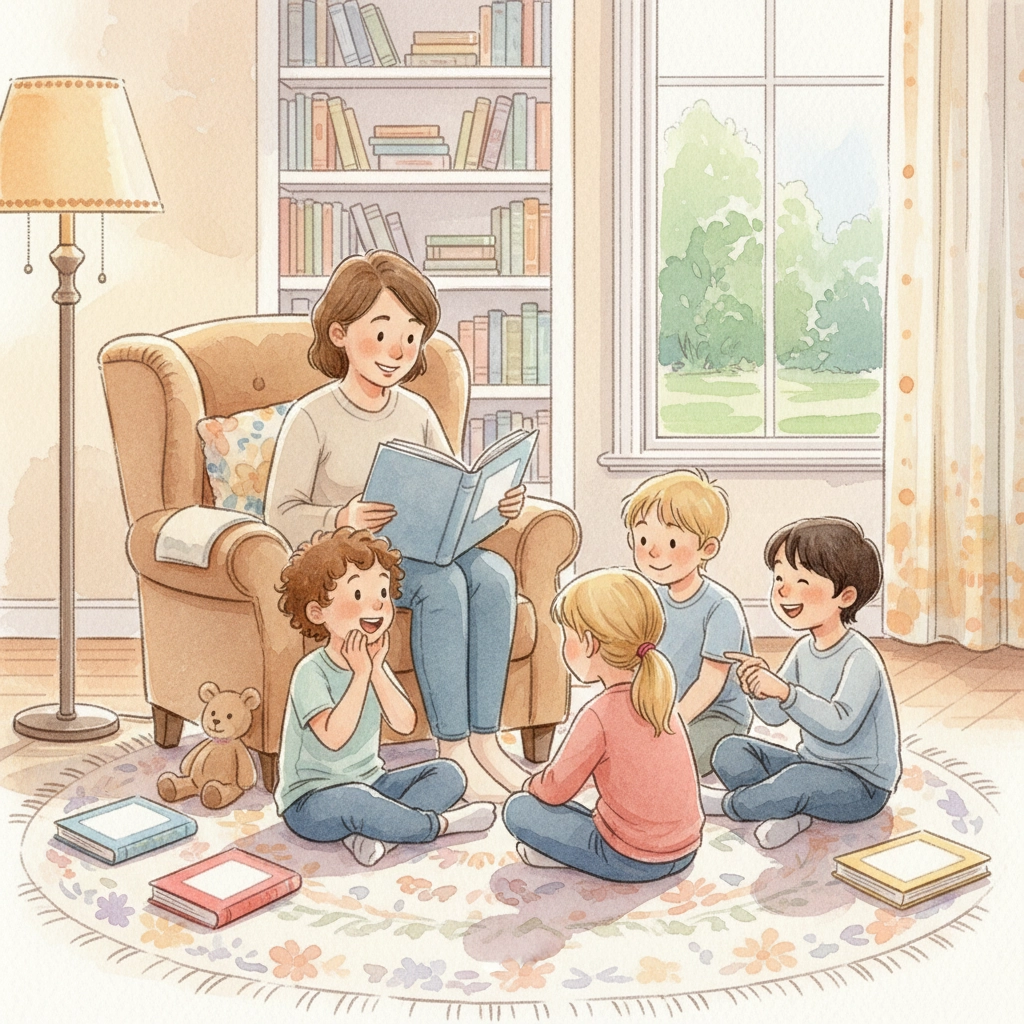You’ve spent months, maybe years, developing your expertise as a therapist, educator, or child psychologist. You’ve seen firsthand how children’s books about emotions can transform young lives, and now you’re ready to create your own SEL masterpiece.
Here’s the thing: publishing your first social-emotional learning children’s book is thrilling, but it’s also riddled with expensive pitfalls that can derail even the most well-intentioned projects. The stakes feel higher with SEL books because you’re not just telling a story, you’re providing tools that shape how children understand themselves and their relationships.
Good news? Most of these mistakes are completely avoidable once you know what to watch for.
Mistake #1: Hiring an Illustrator Before Your Manuscript is Ready
This is the single most expensive mistake first-time SEL authors make, and we see it constantly. You get excited about your story concept, maybe it’s about helping anxious kids find their courage, or teaching emotional regulation through mindfulness, and immediately start searching for an illustrator.
Stop right there.
Your manuscript will change dramatically during the editing process. SEL books especially need multiple rounds of refinement to ensure the emotional concepts are age-appropriate and genuinely helpful rather than preachy. When you’ve already commissioned artwork, you face two terrible choices: spend thousands more to redraw illustrations that no longer match your revised story, or keep plot elements that don’t work simply because they’re already illustrated.
Always complete professional editing before illustration. This sequence protects both your budget and your story’s integrity.

Mistake #2: Trying to Serve Every Age Group
“This book will work for ages 3-12!”
No, it won’t. And attempting this guarantees your SEL book will connect with no one.
Children’s emotional and cognitive development varies dramatically even within two-year spans. A three-year-old learning to name basic emotions needs completely different content than a seven-year-old developing conflict resolution skills. Your target age group determines everything: word count, emotional concepts you can address, illustration style, and how you present coping strategies.
Consider these guidelines:
- Ages 2-4: Focus on basic emotion identification and simple coping tools
- Ages 4-6: Introduce emotional regulation and simple social skills
- Ages 6-8: Explore more complex emotions, empathy, and problem-solving
- Ages 8-12: Address deeper social dynamics, self-awareness, and advanced coping strategies
Pick your lane and serve that audience exceptionally well.
Mistake #3: Creating a Lecture Disguised as a Story
Children have finely-tuned “preaching detectors,” and the moment your SEL book shifts into lecture mode, they mentally check out. We’ve all read those heavy-handed books where characters announce, “I feel angry, so I will take three deep breaths and count to ten!”
Real children don’t talk like therapy textbooks.
Show emotional concepts through authentic storytelling. Let your characters experience genuine struggles and model healthy responses naturally within the plot. Children learn best when they’re emotionally invested in a character’s journey, not when they’re being instructed from the sidelines.
Mistake #4: Underestimating Your Young Readers
Here’s what many adults get wrong about books for therapists to use with kids: children are incredibly perceptive about emotions, relationships, and authenticity. They may lack life experience, but they absolutely know when you’re talking down to them or oversimplifying their emotional reality.
Respect your readers’ intelligence. Present SEL concepts with age-appropriate language, while still honoring the complexity of their inner worlds. Children dealing with anxiety, family conflict, or social challenges need books that acknowledge these experiences honestly: not sanitized versions that minimize their struggles.

Mistake #5: Choosing the Wrong Publishing Model
Traditional publishers rarely accept unsolicited manuscripts and often maintain creative control that can compromise your therapeutic message. Self-publishing platforms leave you managing every aspect alone, from editing to distribution.
This is where author-first publishing transforms the game for mission-driven professionals like you.
With author-first publishing, you maintain complete creative and financial control while receiving professional support throughout the process. You own your book’s rights, keep all your royalties, and ensure your SEL message stays true to your therapeutic expertise. Learn more about our publishing models to understand why this approach works so well for educators and therapists.
Mistake #6: Skipping Professional Editing
“I’m a professional: I can edit my own manuscript.”
Being excellent at therapy or education doesn’t automatically make you skilled at children’s book editing. Books for educators SEL require specialized knowledge about age-appropriate language, pacing, and story structure that differs significantly from clinical or academic writing.
Professional children’s book editors understand how to:
- Streamline text for maximum emotional impact
- Ensure age-appropriate vocabulary and concepts
- Balance entertainment with educational value
- Structure stories for optimal read-aloud experiences
Your expertise lies in understanding children’s emotional needs: let publishing professionals handle the craft elements.
One other thing: even the very best writers and editors need an editor for their own work. I’ve worked as a writer and editor professionally for over 15 years, and I still hired an editor for my book. Fresh eyes are crucial.
Mistake #7: Ignoring the Read-Aloud Test
SEL books live or die during read-aloud sessions. Parents, teachers, and therapists will read your book to groups of children repeatedly. If the rhythm feels awkward or words consistently trip up readers, your book’s impact diminishes significantly.
Read your manuscript aloud dozens of times. Test it with actual children in your target age range. Note where readers stumble, where children’s attention wanders, and where the emotional moments land most effectively. This feedback is gold for SEL books because it reveals how well your therapeutic message translates into engaging storytelling.
I have my two kids read every single book I’ve written and published aloud after every round of revisions. If my 6 and 10 year old can read it without stumbling, I know we’re good.
Mistake #8: Failing to Negotiate Illustration Rights Properly
You hire an illustrator and assume you own the artwork they create for your book. Wrong. Without proper copyright assignment, illustrators retain ownership of their art. This becomes problematic when you want to create promotional materials, therapy resources, or educational tools featuring your characters.
Many authors discover too late that they can print the illustrations in their book but can’t use them for:
- Marketing materials and social media
- Therapeutic worksheets or activities
- Merchandise or promotional items
- Speaking presentation slides
Negotiate comprehensive rights upfront, including clear deadlines and contingencies for delays or non-delivery.
I work with my authors and illustrators to ensure it’s a win-win for everyone. Often illustrators want to retain copyright on their art, which is understandable. But there are specific legal assurances that make this possible while also providing the author with exclusivity (the illustrator can’t go sell the art again to make a different book) and worldwide rights to market and promote the book. Having an expert by your side to guide you through these intricate legalities is invaluable.
Mistake #9: Operating on an Inadequate Budget
Quality SEL books for kids require investment in professional editing, illustration, design, printing, and marketing. Cutting corners on these elements particularly hurts SEL books because parents, educators, and therapists need to trust your book with children’s emotional development.
A poorly designed or edited SEL book undermines that trust immediately. Would you refer families to a therapy resource that looks unprofessional or contains errors?
Budget appropriately for professional services that match the importance of your therapeutic message.
Mistake #10: Not Understanding Your Dual Audience
Picture books require balancing two distinct audiences: children must find your story engaging enough for repeated readings, while adults (parents, teachers, therapists) must see clear value in your SEL approach.
Children don’t care about your therapeutic credentials: they want an engaging story with eye-catching visuals and characters they connect with emotionally. Adults need to see evidence that your book offers genuine help for the children they serve.
Design your story for children, then ensure adults can clearly articulate why it’s valuable. This dual appeal is what transforms a good SEL story into a book that gets recommended, purchased, and used repeatedly in homes, schools, and therapy practices.
Your Path Forward
Publishing your first SEL children’s book doesn’t have to be overwhelming or financially risky. With proper planning, professional support, and respect for the publishing process, you can create a book that genuinely helps children, while also building your professional legacy.
Ready to bring your SEL expertise to young readers? At Garden Wolf Publishing, we specialize in helping mission-driven professionals like you navigate the children’s book publishing process while maintaining creative control and maximizing your impact. Explore our publishing services or get in touch to discuss your project.
Your expertise matters. Children need the tools you can provide. Let’s make sure your book reaches them in the most effective way possible.


